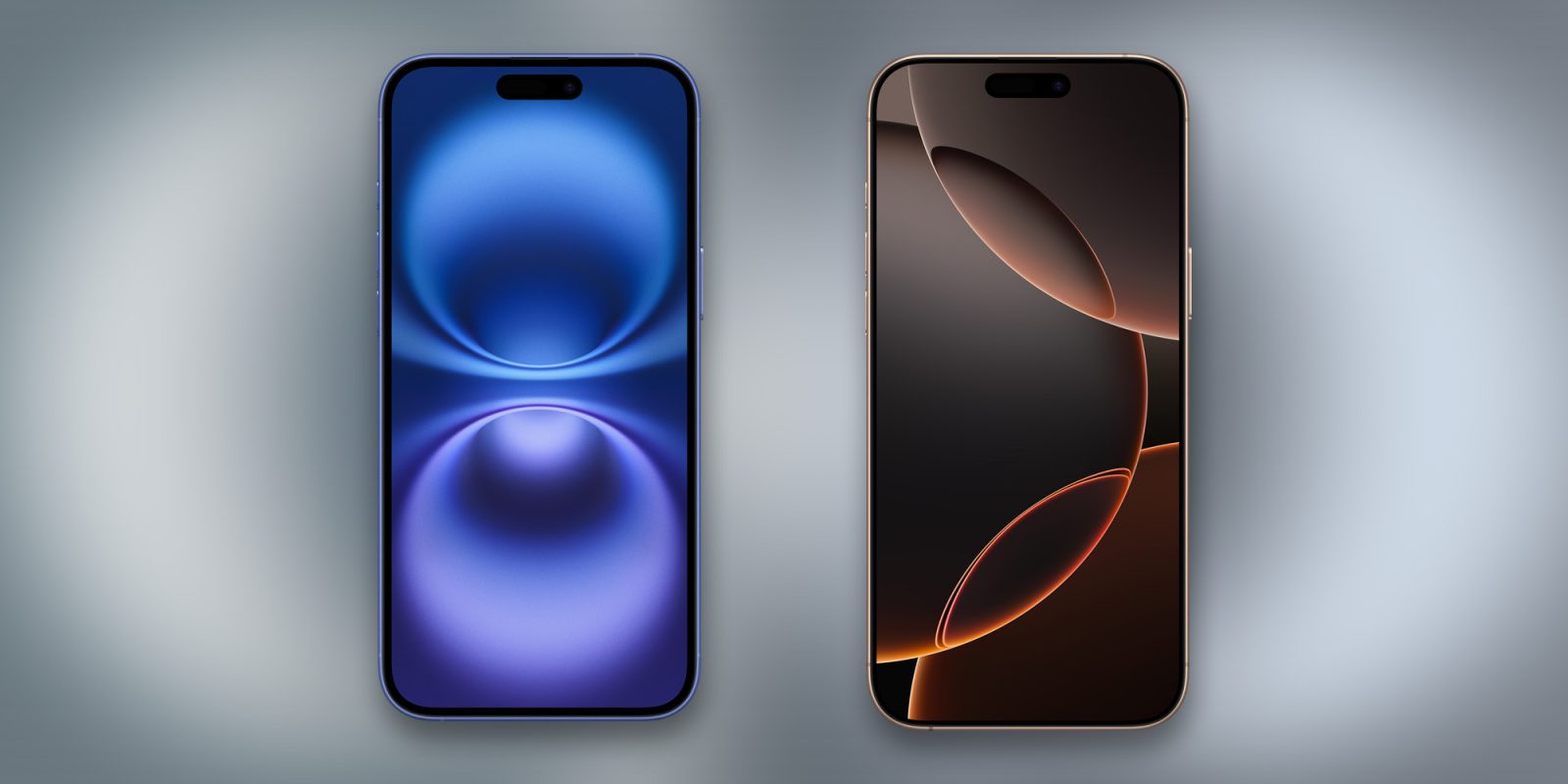In the first quarter of 2025, Apple’s iPhone 16 Pro experienced a notable decline in sales, marking a significant shift in consumer purchasing behavior. According to data from Consumer Intelligence Research Partners (CIRP), the combined sales of the iPhone 16 Pro and Pro Max accounted for 38% of total iPhone sales during this period, a decrease from the 45% share held by the iPhone 15 Pro and Pro Max in the same quarter of the previous year.
This downturn is particularly pronounced for the standard iPhone 16 Pro model. The iPhone 15 Pro constituted 22% of sales in the first quarter of 2024, whereas the iPhone 16 Pro’s share dropped to 17% in the corresponding quarter of 2025. In contrast, the iPhone 16 Pro Max maintained a performance level similar to its predecessor, indicating that the decline is more concentrated in the smaller Pro model.
Conversely, the base model iPhone 16 saw a significant uptick in sales, capturing 20% of the market share, up from 14% for the iPhone 15 in the same quarter the previous year. This suggests that consumers are increasingly opting for the more affordable base model over the premium Pro versions.
Several factors may contribute to this trend:
1. Feature Parity Between Models: The iPhone 16 series has narrowed the feature gap between the base and Pro models. Enhancements in the base model have made it a more attractive option for consumers who previously might have chosen the Pro model for its superior features.
2. Economic Considerations: In the current economic climate, consumers are more price-sensitive. The base model’s improved features at a lower price point make it a compelling choice for budget-conscious buyers.
3. Delayed AI Features: The absence of Apple Intelligence at the iPhone 16 Pro’s launch may have dampened initial demand. These AI capabilities are scheduled for release with iOS 18.1 in October, potentially influencing consumers to delay or reconsider their purchases. ([macrumors.com](https://www.macrumors.com/2024/09/15/iphone-16-pro-demand-estimate/?utm_source=openai))
4. Increased Competition in China: Apple faces intensified competition from local smartphone manufacturers in China, a key market. Companies like Huawei and Vivo have introduced innovative technologies and competitive pricing, challenging Apple’s market share. ([reuters.com](https://www.reuters.com/technology/apple-smartphone-shipments-china-fell-25-q4-canalys-says-2025-01-16/?utm_source=openai))
Despite these challenges, Apple remains optimistic about future sales. The upcoming release of Apple Intelligence and strategic promotional campaigns during peak seasons are expected to bolster demand. Additionally, the company’s services sector continues to show robust growth, providing a buffer against fluctuations in hardware sales. ([apnews.com](https://apnews.com/article/377452ea3345de2981ea75f62b7cc840?utm_source=openai))
In summary, the iPhone 16 Pro’s unexpected sales decline underscores the dynamic nature of consumer preferences and market competition. Apple’s ability to adapt to these changes through product innovation and strategic marketing will be crucial in maintaining its position in the premium smartphone segment.


